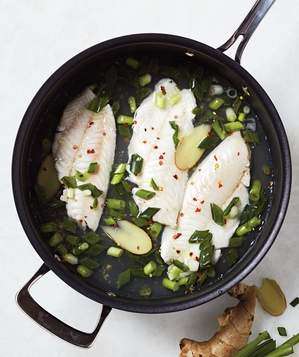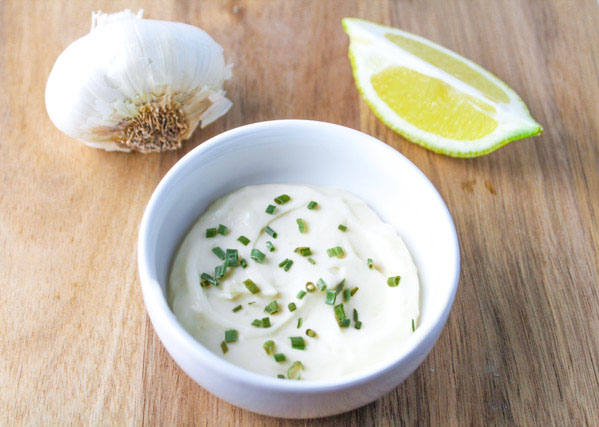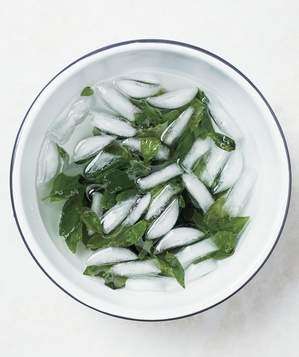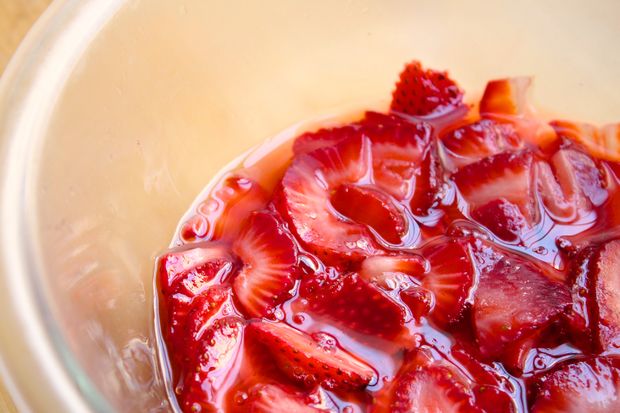5 Cooking Techniques Everyone Should Know
In the last ten years of my marriage I have really come a long way with my cooking and love to learn new techniques and recipes all the time. Heaven knows I have watched enough Food Network shows on the weekends to have picked up a new trick or two to try. What makes me laugh about that is that my husband watches an equal amount of Food Network as me and you should have seen the look on his face when I asked him to make the frozen bag of mandarin orange chicken in the oven for dinner the other day because I happened to be busy at the moment he become “hangry”. Haha! It is probably the same look I would give if you asked me to change a tire. Could I do it? Yes…..but, I can’t guarantee it would be without whining. I know I can change a tire but the task seems daunting and I’d be scared I’d be putting people in danger if I didn’t do it right.
He gave a deer-in-the-headlights, complete fear because anything more than grilled cheese seems daunting to him and that he’ll screw it up. It made me laugh out loud! So apparently just because he considers himself a foodie and loves to watch any and all shows about food, doesn’t mean he actually wants to learn the tricks of the trade and make amazing things himself. Do you have a spouse like this? :)
Anyway, I was reading a really fun article the other day about 5 cooking techniques everyone should know. This article taught me so much because I have never really known you would poach anything besides eggs. And I learned that by blanching and dunking basil in an ice bath you can make some killer pesto sauce that won’t have brown basil. It will instead be a gorgeous, vibrant shade of green.
Here are some ideas for 5 cooking methods you may have already thought you had mastered.

Technique 1: Slow Roast
My mother-in-law makes the BEST knock-your-socks-off pot roast. What is the secret? Not only her secret ingredients, but also slow roasting that meat really makes it deliciously fork tender and perfect. But slow roasting is not only for a large cut of meat. It actually gets the most flavor out of vegetables as well, whereas high heat can dry the edges before the center is cooked of meats or veggies.
For example, take tomatoes: Even not-so-great ones become irresistible as the low heat slowly removes water and concentrates their flavor. They’re excellent in a simple pasta salad or served with ricotta on crusty bread or toasted baguette slices.

Technique 2: Poach
Not to be confused with boiling, poaching is the art of cooking in a flavored liquid kept at a low simmer (just a few bubbles around the pan). The result: a well-seasoned, supremely moist dish that’s almost impossible to mess up. Poaching allows for more wiggle room to cook a recipe just right, making it a go-to technique for a plump chicken breast or fillets of fish that can easily overcook (or cook unevenly) at high heat. The broth slowly flavors the dish as it cooks, so don’t skimp on seasoning. Green onions, whole spices, and fresh herbs are great additions.
So there you go! Think beyond the egg. Poaching is perfect for moist chicken or fish—who knew?!

Technique 3: Emulsify
Emulsifying is the process of combining two liquids that don’t normally mix (like oil and vinegar) into a creamy, unified concoction. But dispersing and suspending tiny droplets of one liquid throughout the other takes patience, so don’t rush. Start adding the oil a drop at a time while whisking constantly. Work up to a slow, steady drizzle, whisking all the time. This classic, garlicky aïoli is delicious for dipping, stirring into a fish stew, or simply spreading on thick slices of country bread.

Technique 4: Blanch and Shock
The best way to preserve the color and the nutrients of vegetables is to boil them briefly in water (blanch), then cool them quickly with a dunk in an ice bath (shock). This technique also helps firm the flesh of a fruit while loosening the skin, which makes peeling (peaches or tomatoes, for example) easier. And like I mentioned, it works for herbs, too: Blanch and shock basil before making a pesto for a sauce that stays bright green (not brown!) even after it’s been tossed with hot pasta or stored for several days.

Technique 5: Macerate
One of the best things to do with summer fruit like strawberries is to let it macerate—which is essentially setting it aside to soften in a coating of sugar to draw out the flavorful juices (strawberry shortcake, anyone?? :) ). But did you know this tenderizing technique also works with savory foods? This works by using salt instead of sugar! Rubbing kale leaves with salt and lemon juice will soften them (and pull out some of the bitterness of kale) for a raw salad. Macerating onions in a salt-and-vinegar bath will mellow their flavor and also deepen their color, yielding a pungent pickled onion that’s great on everything from deviled eggs to burgers.
- www.instructables.com
- www.tastefulventure.com
- www.realsimple.com
 Mary Richardson
Mary Richardson
Weekly Newsletter Contributor since 2014
Email the author! mary@dvo.com
